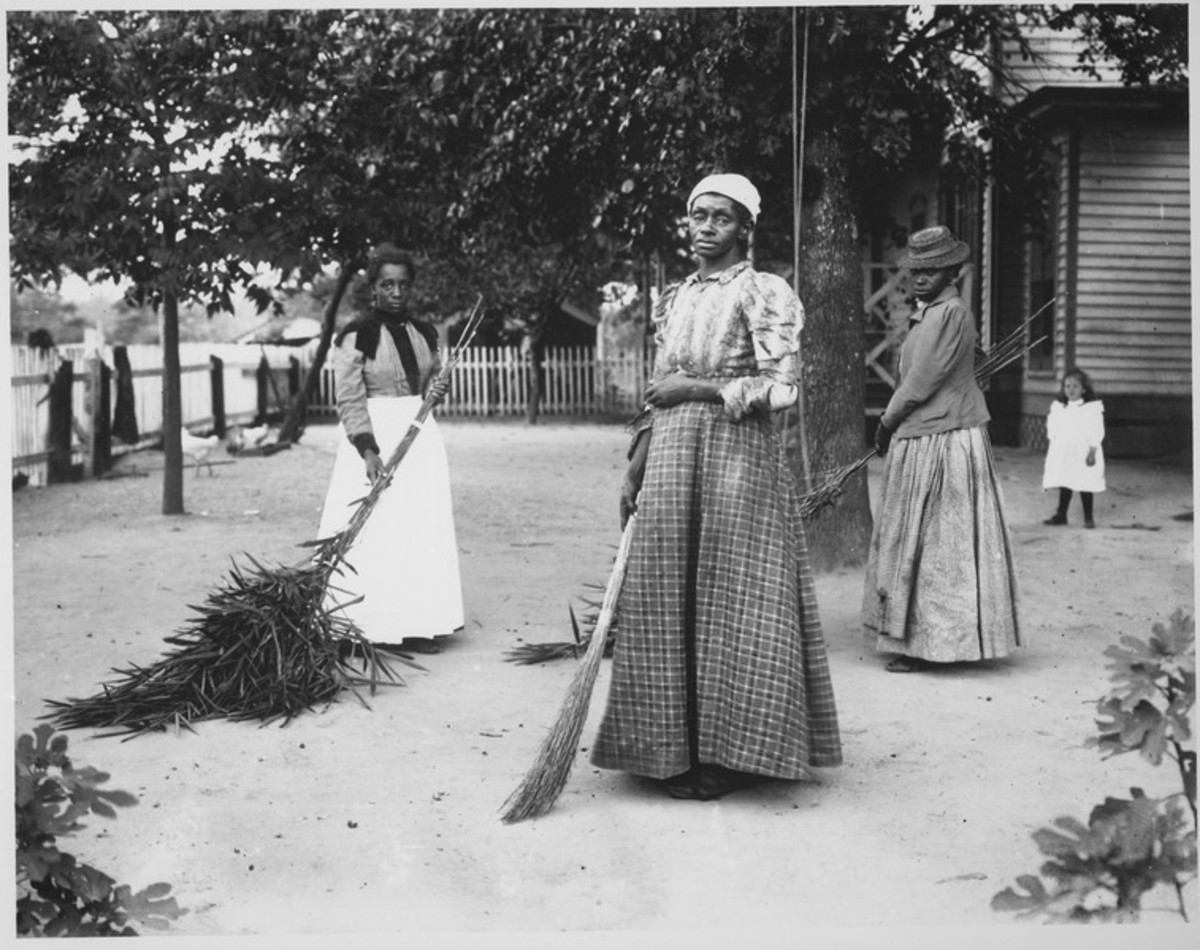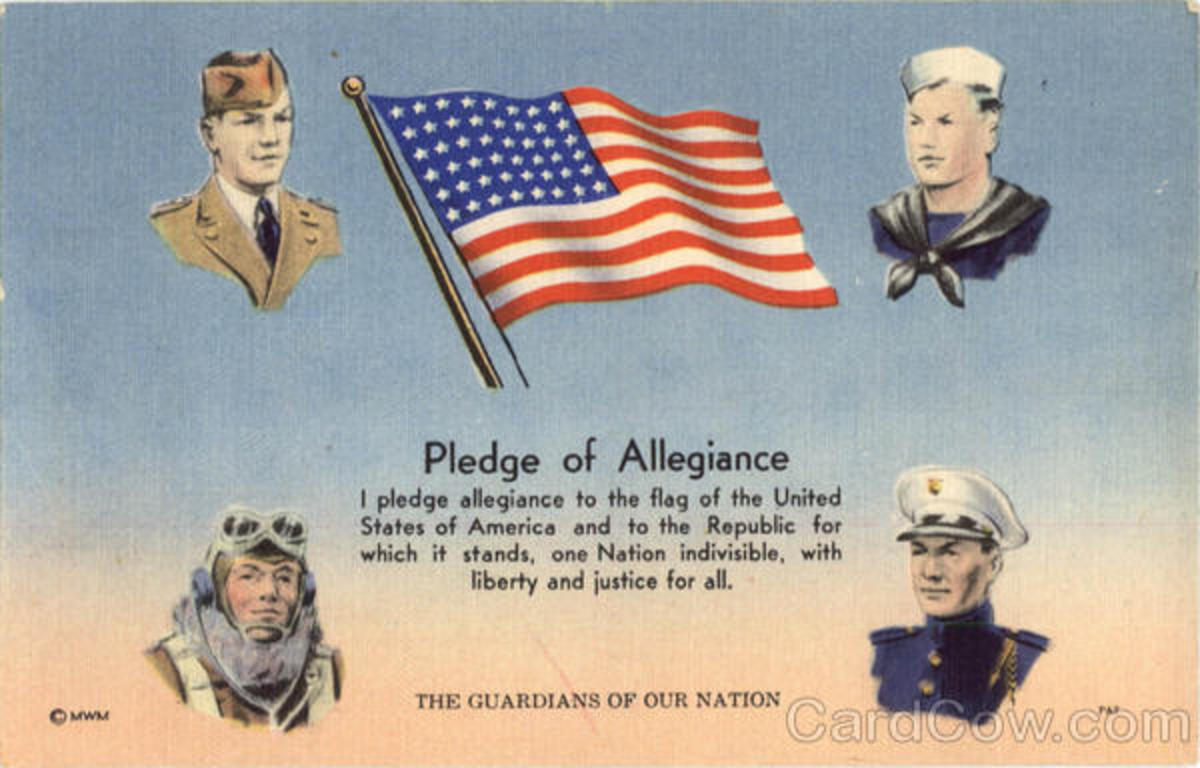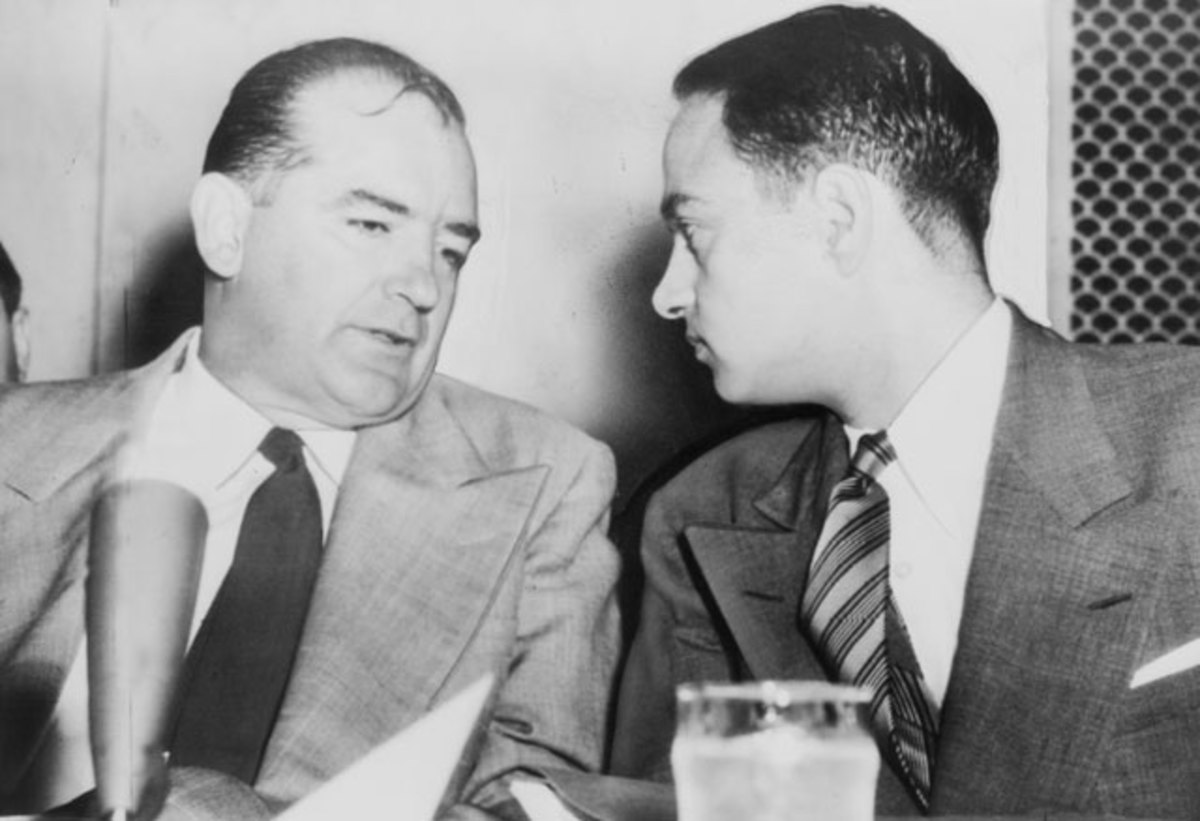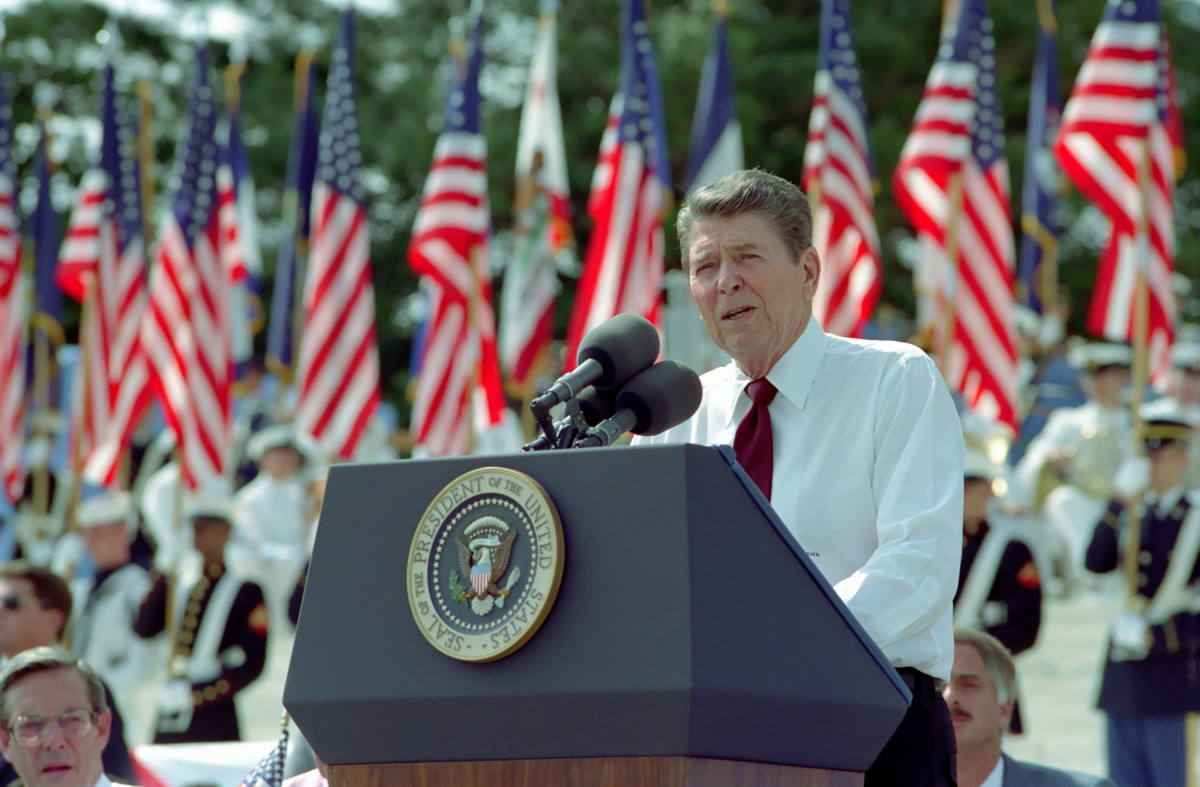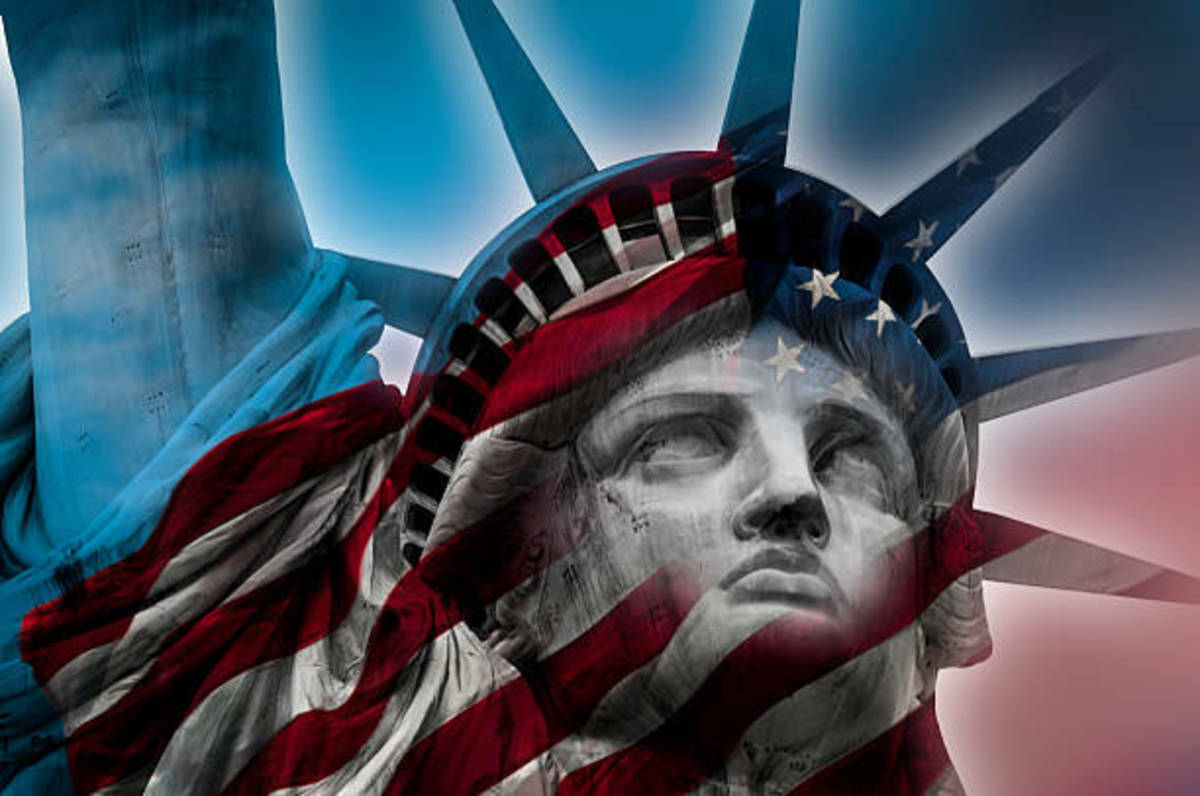On the Pledge of Allegiance
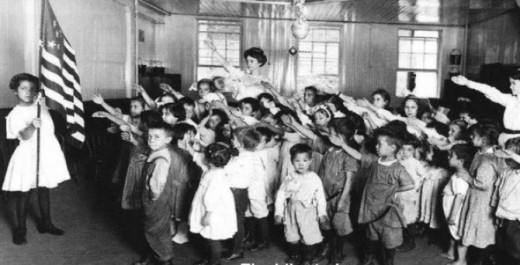
Introduction
Every single morning, every last student in schools across the United States are expected to recite or be silent for the pledge of allegiance. It is a time-honored tradition in American education, and rarely is it ever a questioned one by the students who absent-mindedly repeat its words to their flag each and every morning. However, this tradition is certainly not without its detractors, and it is important not to just follow this tradition for tradition's sake.
History
The Pledge of Allegiance was widely adopted in American schools in the early 20th century, accompanied by a salute called the Bellamy Salute, which bore a striking resemblance to the salutes used by fascist Italy and, later, Germany. In 1942 America distanced itself from the salute for rather obvious reasons, and later the 'under God' portion was added during the earlier days of the Cold War. And so, ever since these changes, the Pledge of Allegiance has kept its place as a mainstay in American schools. Barely anyone even stops to think about the pledge and the implications of its content.
Arguments Against the Pledge
Every day, just as students are just shuffling into class, they are all expected to pledge their allegiance to their government and both values their government does not care for and values the individual may not care for alike. The 'under God' section of the pledge is obviously an awkward addition for anyone not of the Christian faith. This is a common thought for many, but the oddities of the pledge's content do not by any means end there. The United States, first and foremost, is not anymore a republic, as the pledge may state. The method by which our government goes about its business can be described in many ways, but to describe it as an oligarchy is the most common and likely the most accurate way. Democracy and the rule of the people are concepts that have long been abandoned by the U.S. government. It should come as a surprise to no one that it is far more difficult nowadays for an American without previous wealth or other means of influence to rise in the political ranks.
Conclusion
In addition to this, the pledge ends with the phrase "with liberty and justice for all," and even though this phrase may have seemed perfectly fine in the past to some, it should be painfully clear to all in this age that our government is no champion of liberty and justice. It has suppressed its own citizens by stripping them of their privacy, ignoring their Constitutional rights, militarizing the police, and making security the focus of U.S. policy rather than freedom. It terrorizes foreign citizens by violating their countries' sovereignties and devastating their lands by means of invasion, bombings and economic ruin. It is a plague upon a free world that has brought freedom itself to its knees. Yet one of countless signs of governmental supremacy is still recited by all the students of its public schools. For the Pledge of Allegiance is a pledge to the tyrants who rule us, and as long as it remains in practice, the very same tyrants will continue using it to make themselves appear righteous to the ever-important youth of this country.


